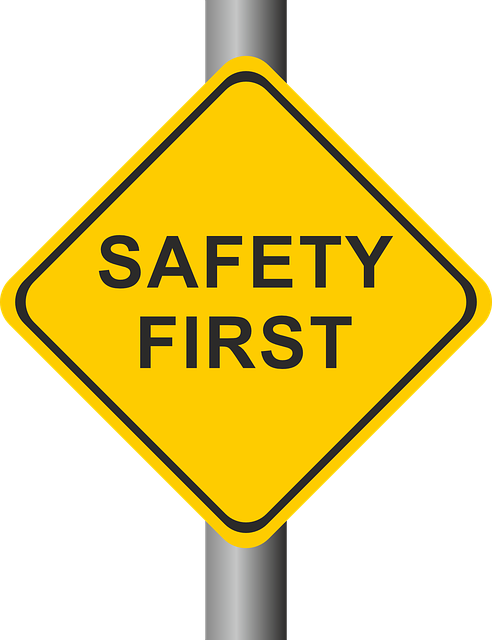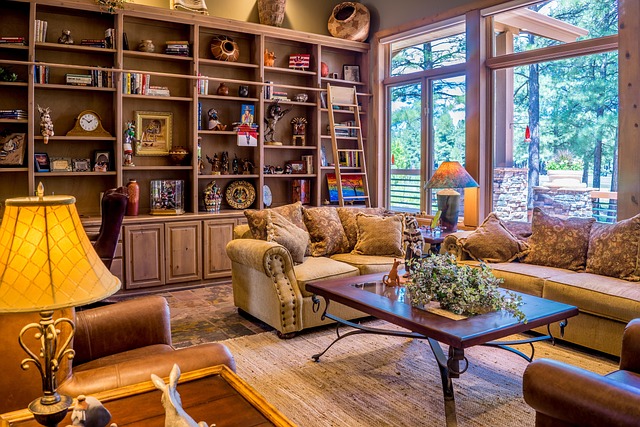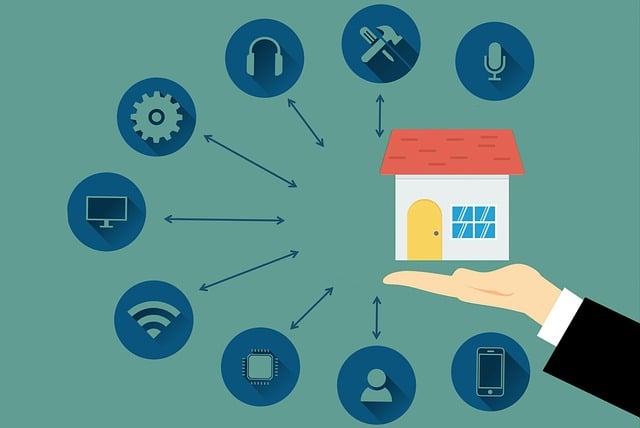Securing a home requires understanding unique needs, driven by factors like age, environment, personal safety, assets, and lifestyle. Personalized residential security plans go beyond basic locks with tailored strategies incorporating surveillance systems, smart door locks, cameras, and safety protocols. Technological advancements, such as smart security systems and IoT integration, offer real-time monitoring and AI-driven threat detection. A comprehensive plan includes assessing vulnerabilities, implementing multiple layers of protection (e.g., advanced locks, motion sensors, CCTV), emergency response planning, and regular maintenance to ensure effectiveness.
In today’s world, ensuring the safety and security of your home is paramount. This article explores personalized residential security plans, offering a comprehensive guide to fortifying your property against potential threats. We delve into understanding your unique security needs, from identifying vulnerabilities to implementing tailored solutions. Discover the latest technology and innovations shaping home security and learn how to create an all-encompassing strategy. Furthermore, explore the significance of regular reviews and maintenance for optimal protection.
- Understanding Your Residential Security Needs
- Components of a Personalized Security Plan
- Technology and Innovation in Home Security
- Creating a Comprehensive Security Strategy
- Regular Review and Maintenance for Optimal Protection
Understanding Your Residential Security Needs

When it comes to securing your home, understanding your specific needs is the first step towards creating an effective residential security plan. Every property and family is unique, with varying levels of risk and desired level of protection. Some factors to consider include the age and condition of your home, surrounding environment, personal safety concerns, valuable assets within the property, and lifestyle considerations. For instance, a secluded rural residence may require different security measures than an apartment in a bustling city center.
Evaluating these aspects will help determine the best course of action, whether it’s installing advanced surveillance systems, implementing robust access control mechanisms, or simply adopting good security practices. Tailoring your residential security plans to these individual needs ensures a comprehensive and personalized approach to safeguarding your home and loved ones.
Components of a Personalized Security Plan

A personalized security plan for residential properties is a tailored strategy that considers unique risks and requirements, offering peace of mind to homeowners. These plans go beyond basic locks and alarms by incorporating diverse components designed to mitigate potential threats. Key elements include assessment of property perimeters, installation of advanced surveillance systems, and implementation of access control measures like smart door locks and security cameras.
Effective residential security plans also integrate safety protocols for occupants, emergency response coordination, and regular maintenance checks. By combining physical deterrents with digital monitoring, these plans ensure a layered approach to security, addressing both external threats and internal vulnerabilities. This comprehensive strategy allows homeowners to adapt their security measures according to their routines, ensuring optimal protection at all times.
Technology and Innovation in Home Security

The world of home security has witnessed a significant transformation due to technological advancements, offering homeowners innovative ways to protect their properties like never before. Smart security systems have become a game-changer in residential security plans, providing advanced monitoring and control options. These systems utilize cutting-edge technology such as motion sensors, HD cameras, and artificial intelligence (AI) to detect and respond to potential threats in real time.
With the integration of IoT (Internet of Things), residential security has evolved from basic alarm systems to interconnected networks. Homeowners can now remotely access live video feeds, receive instant alerts, and control various security devices via their smartphones or tablets. This level of connectivity enables them to stay vigilant and take immediate action, enhancing overall peace of mind. AI-powered analytics further revolutionize home security by learning patterns, recognizing faces, and identifying suspicious activities, ensuring a more tailored and efficient protection for each residence.
Creating a Comprehensive Security Strategy

Creating a comprehensive security strategy for your residential property is the first step in ensuring safety and peace of mind. It involves assessing all potential vulnerabilities, from entry points to surrounding areas, and tailoring a plan that addresses specific needs. This process begins with an in-depth evaluation, considering factors like the layout of the home, nearby infrastructure, and lifestyle. For instance, homeowners with valuable collections or precious artifacts may require specialized security measures, such as secure storage facilities or advanced surveillance systems.
A well-designed residential security plan incorporates multiple layers of protection. This could include robust locks and access control systems for doors and windows, motion sensors, CCTV cameras, and a connected alarm system that integrates with a monitoring service. Additionally, creating an emergency response plan and ensuring all family members are familiar with it is vital. Regular maintenance and testing of these security features are equally important to guarantee their effectiveness when needed.
Regular Review and Maintenance for Optimal Protection

Regular review and maintenance are essential components of any comprehensive residential security plan. It’s not enough to set up a system and forget about it; security measures must be continually evaluated and updated to ensure optimal protection. This involves periodic checks of all security devices, from cameras and alarms to door and window locks. During these reviews, property owners or managers should consider emerging threats, technological advancements in security, and changes in their home’s layout or accessibility points.
Maintaining a residential security plan also includes staying current with software updates for smart security systems, replacing worn-out hardware, and training household members on proper usage and emergency protocols. Regular maintenance ensures that the security infrastructure remains effective, providing peace of mind and enhanced safety for all residents.
Personalized security plans for residential properties are not just about installing alarm systems. They encompass a holistic approach that includes understanding your unique needs, integrating cutting-edge technology, and maintaining a comprehensive strategy. By combining these elements, homeowners can achieve optimal protection and peace of mind, ensuring their residences remain secure in today’s world. Implement these strategies to create a robust residential security plan tailored just for you.
